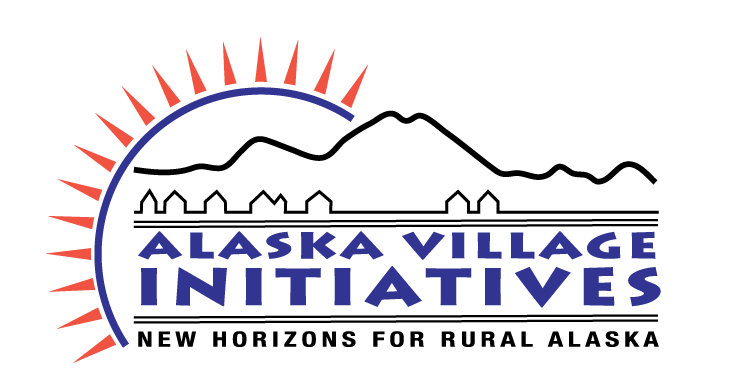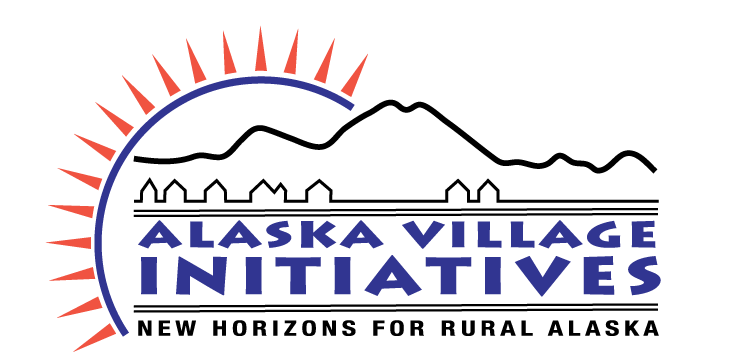PROJECTS ELIGIBLE FOR FUNDING
Eligible Uses of Funding
a. Foster individuals, groups, and organizations in the communities served to become engaged participants in community forest planning, planting, and management, especially those in disadvantaged communities that do not have adequate resources to install or maintain green infrastructure or are underrepresented.
b. Protect, enhance, and expand equitable community tree canopy cover to maximize community access to human health, social, ecological, and economic benefits particularly in disadvantaged and nature-deprived communities experiencing low tree canopy cover, extreme heat and frequent flooding. Improve and increase access to parks and nature in communities.
c. Encourage long-term community forestry planning, assessment, and management.
d. Encourage proactive and systematic maintenance and monitoring of community trees and forested natural areas to improve forest health; assess risk to forests from pests, disease, and adverse climate impacts; and formulate adaptive management strategies to improve forest resilience.
e. Advance the use of tree and forest inventories, monitoring, and assessment tools in priority areas.
f. Improve preparation for severe storms and the recovery of damaged or deteriorated landscapes to more healthy and resilient conditions.
g. Protect, enhance and increase access to watersheds in community and developing areas with a focus on conserving and managing forest patches, and green stormwater infrastructure.
h. Provide paid training experiences for community or tribal forestry crews to establish and maintain community forests into the future. Support youth employment opportunities, including workforce development and training for the creation and maintenance of green jobs and economic opportunities for planning, planting, and sustainably maintaining trees and forests, including training and retaining community arborists, and producing and using community forest products.
i. Develop paid community forestry on-the-job training opportunities, including pre-apprenticeships and apprenticeships, to expand workforce development pathways for green careers in community or tribal forestry.
j. Address exotic invasive pest species that adversely impact community forests.
k. Work across jurisdictional boundaries, leveraging ideas and resources to increase capacity to provide equitable access to benefits across the larger landscape and at a greater geographic scale.
l. Aid in planning, goal setting, and skill sharing with other professions such as community planners, engineers, educators, recreational and public health officials.
Examples of project activities that are NOT eligible for funding under Urban and Community Forestry Authorities include:
a. Research: Basic research as defined in 2 CFR 422.1, “Systematic study directed toward fuller knowledge or understanding of the fundamental aspects of phenomena and of observable facts without specific applications towards processes or products in mind.”
Note: Technical transfer, education, and outreach activities associated with applying research can be included in the application.
b. Construction and capital improvements. Examples of construction include facilities, infrastructure, roads, new buildings, culverts, and boardwalks.
c. Land acquisition (conservation easement and fee simple) projects.
d. Cost-share, reimbursement, and other types of payment provided directly to private landowners. However, Urban and Community Forestry funding (and match) may be used to perform work on private lands; for example, an eligible entity could pay for trees to be planted on private lands with permission of the landowner.
e. Small business start-up funding.
f. Equipment purchases are rarely approved and will be reviewed prior to grant award. Equipment rental should be considered as an alternative. Equipment is defined as an article of nonexpendable, tangible personal property having a useful life of more than one year and an acquisition cost of $5,000 or more per unit.
Project Partners


This material is based upon work supported by the USDA Forest Service
AVI is an equal opportunity provider in accordance with Federal law
and U.S. Department of Agriculture (USDA) civil rights regulations and policies
AVI is prohibited from discriminating on the basis of race, color, national origin, sex,
age, disability, and reprisal or retaliation for prior civil rights activity.
